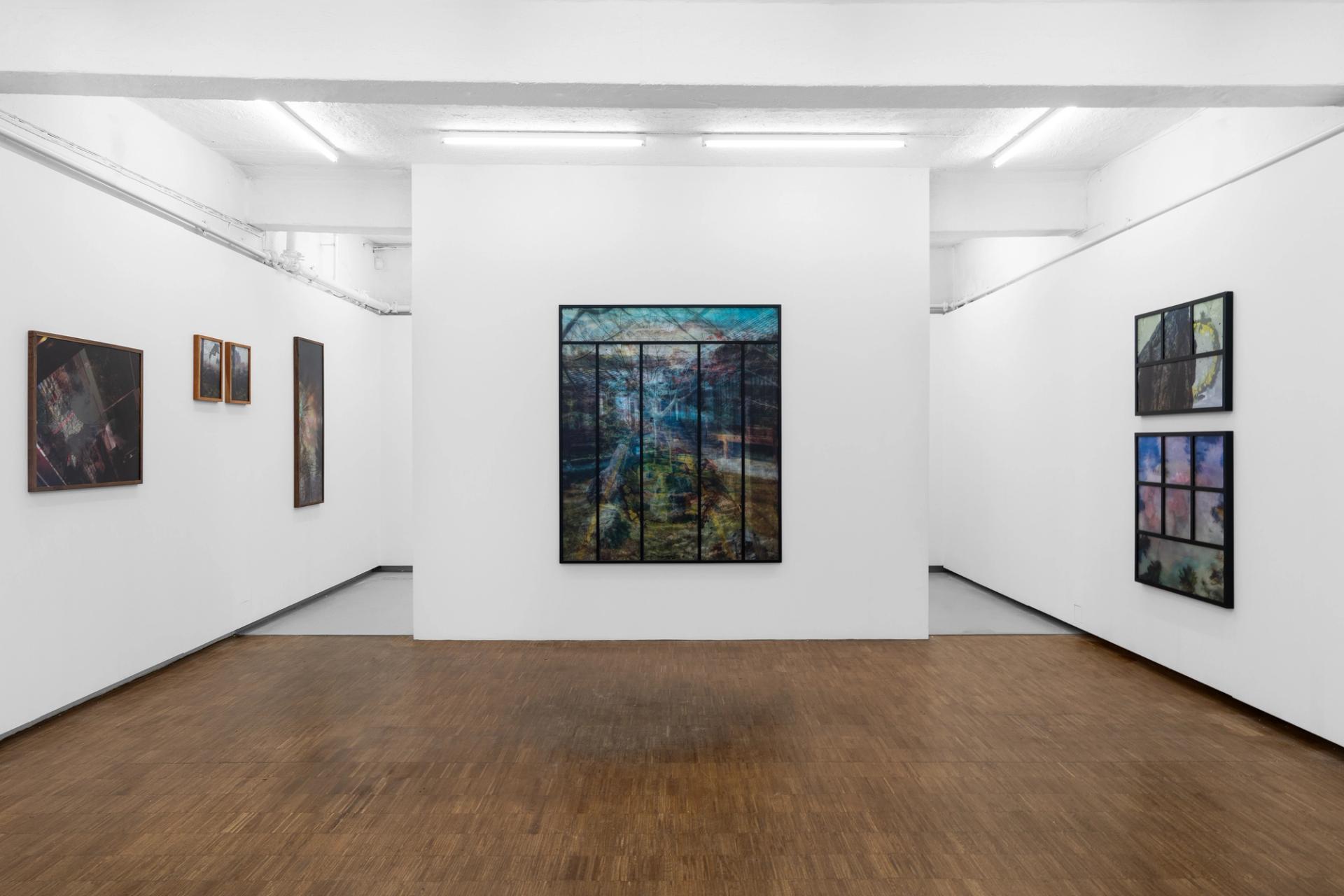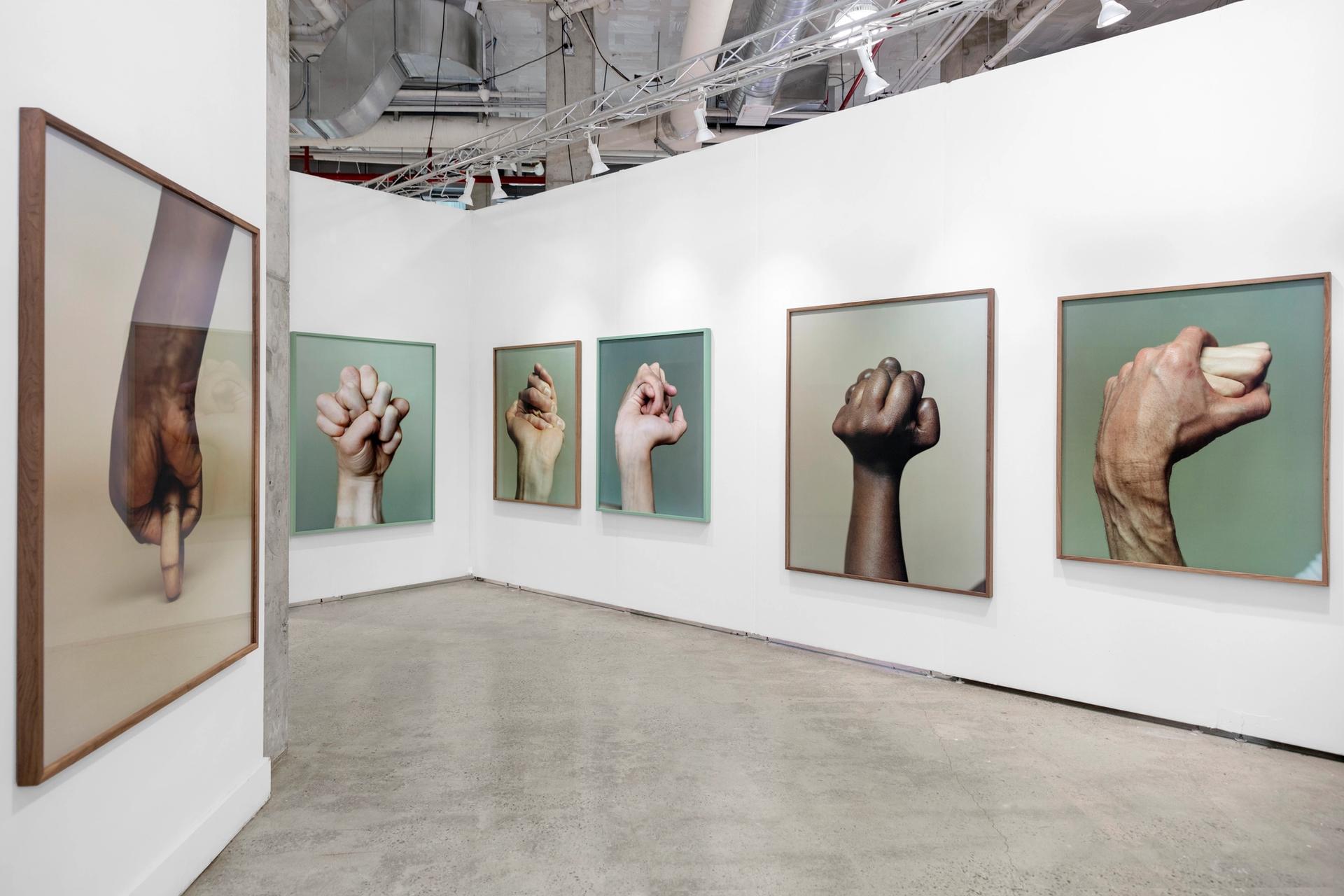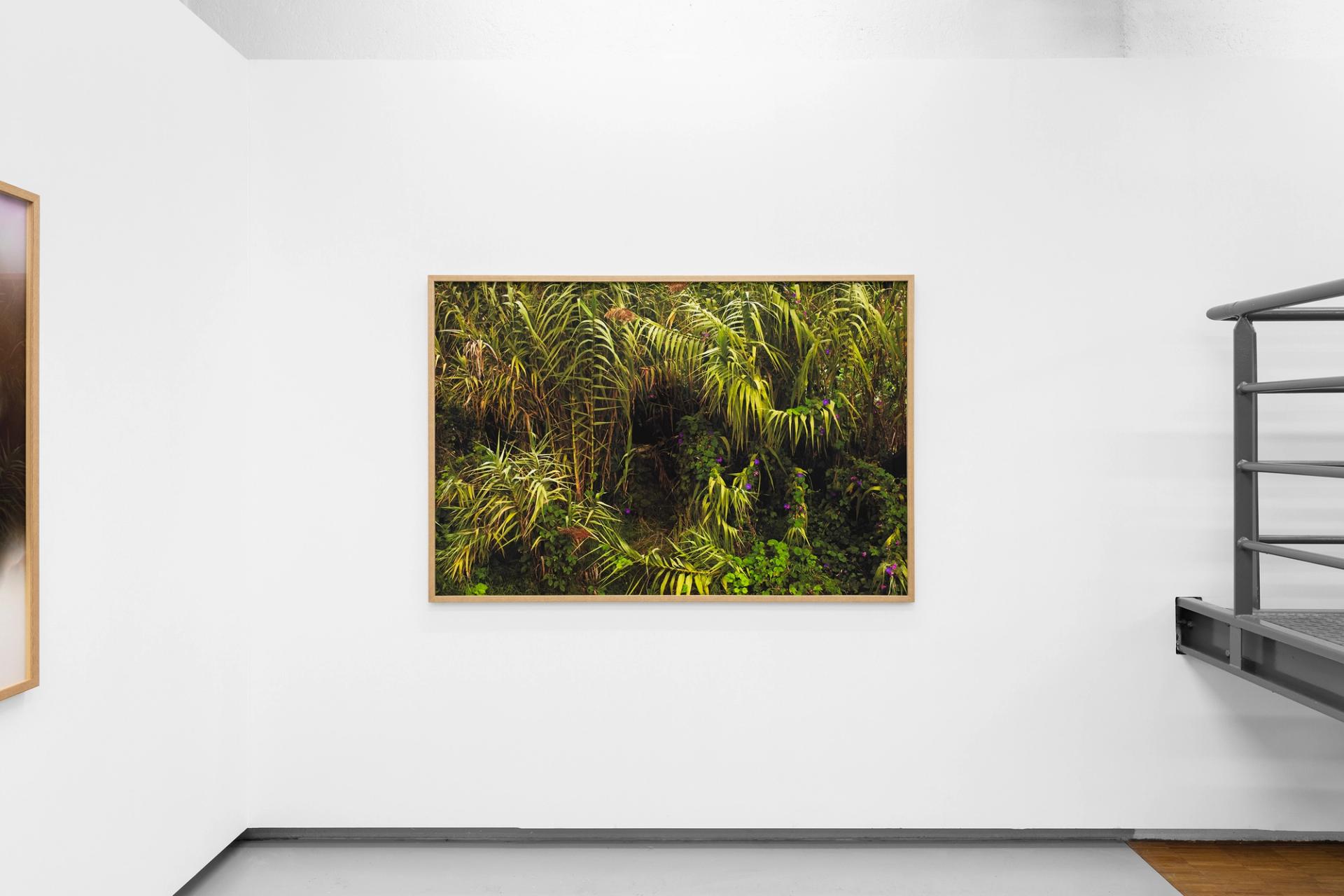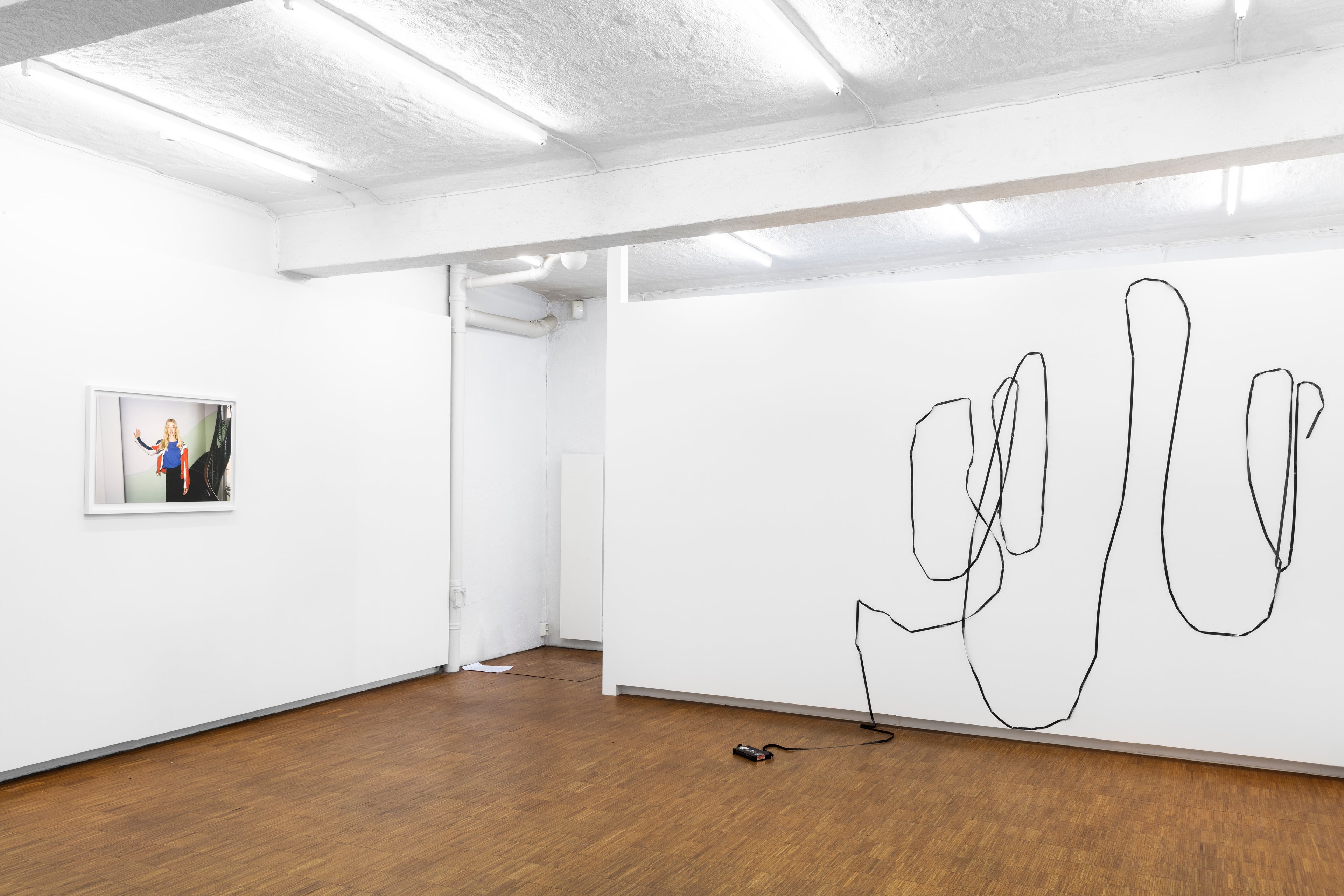
Ceal Floyer
Jacqueline Landvik
Matias Faldbakken
Verket og Gesten / The Work and the Gesture
Curated by Vibeke Tandberg
The artistic gesture was traditionally associated with painting. It denoted a creative process subject to the moment of creation – the movement of the hand holding the brush translated into an emotion. When Brian O’Doherty appropriated the term in his 1981 essay The Gallery as a Gesture, Artforum spring issue 1981, he made the exhibition room a contextual battleground of the modernist gesture.
“By definition, a gesture is made to “emphasize ideas, emotions, etc.” and is “often . . . made only for effect.” This deals with its immediate impact. For the gesture must snare attention or it will not preserve itself long enough to gather its content.”
Forty years later modernist gestures have turned full circle, and what is missing in critical reflections is made up for by spectacular and emotionally charged gestures, the most celebrated art of our time.
Ceal Floyer, Jacqueline Landvik, and Matias Faldbakken are artists whose works fall short of this. Their gestures are minimal and unspectacular, seemingly unemotional. It is as if they don’t want their works to catch attention. There is no conceptual magic to ponder either, and there seems to be nothing to figure out in terms of what we are looking at or how it was made, or even why. We must produce the content ourselves.
Ceal Floyer’s work Auto Focus (2002) is a carousel slide projector pointed at a wall, endlessly going through its automatic function of focusing, yet there is nothing to focus on as there are no slides inserted in the projector. The device is left forever trying to focus on its light. Her second work in the exhibition, Til I Get It Right (2005), is a sound installation based on a song by the late American country music singer-songwriter Tammy Wynette. Floyer used a few lines from the original, looped them to create an endless mantra-like soundtrack with the words “So I’ll just keep on til I get it right”.
Floyer’s gestures are reductive. She has removed slides and cut out parts of a soundtrack – the ready-mades are stripped of their function to convey a skeleton of sorts. It is as if she asks us: what do you see when the flesh is gone? But she is not providing an answer. The works are reduced to endless repetitions of themselves – physical manifestations of eternal recurrence mirroring our immobile conception of how things are and how they work.
Staging yourself is a most contemporary gesture. In a hyper-social media society the self-portrait bears an overload of psychosocial- and political meaning employing the simple act of turning the camera to oneself.
Jaqueline Landvik’s work consists of four self-portraits (2021). Landvik’s background as a fashion photographer is an integral part of her artistic practice. Her gesture is simple, she lures us into her work by playing on our voyeurism, curiosity, and the recognition of a transgender physiognomy. The way she stages herself (it seems as if she is looking at herself the way she looks at any other model) invites us into a deceiving play with gender stereotypes, leaving it up to the viewer to figure it all out, sex, gender, identity, in all their diverging paths. Landvik’s photographs confirm that we are in the epicenter of a time in which staging your self-image has become a mainstream way to attack binary thinking as a parameter to define ourselves and others.
Matias Faldbakken’s Envy (2013) challenges our hermeneutic capacity through the simplest of gestures. We are looking at a VHS cassette where the magnetic tape has been pulled out of its container, creating an arbitrary shape on the wall. The videocassette lies on the floor, adjacent to its cover with the film title Envy in plain sight.
Envy is A B-film that received nothing but eye-rolling and yawns when released, and through Faldbakken’s treatment it has reached a potential it never otherwise would have achieved, it has become art. Faldbakken’s work is a result of a minimal but ambiguous gesture, both generous and dismissive, inviting a multitude of contrasting interpretations (everything from abstract expressiveness to a theoretical riddle seems plausible explanations here) thus rejecting a singular certified interpretation altogether. But Faldbakken also bypasses a Duchampian passive relocation of a ready-made. The destructive/constructive treatment of the object offers more than mere institutional critique. We are prohibited from including Envy in the realm of things digested, understood, and categorized. We are left with a phenomenological challenge of looking at a thing without simultaneously producing a meaning.
Floyer’s, Faldbakken’s, and Landvik’s works catch our attention without temperament and impressive acts of creation. Nevertheless, or perhaps because of it, the works confront us with a most human exigency to make sense of things – we add explanations and extract meaning, thus completing the works.
Vibeke Tandberg, August 2021
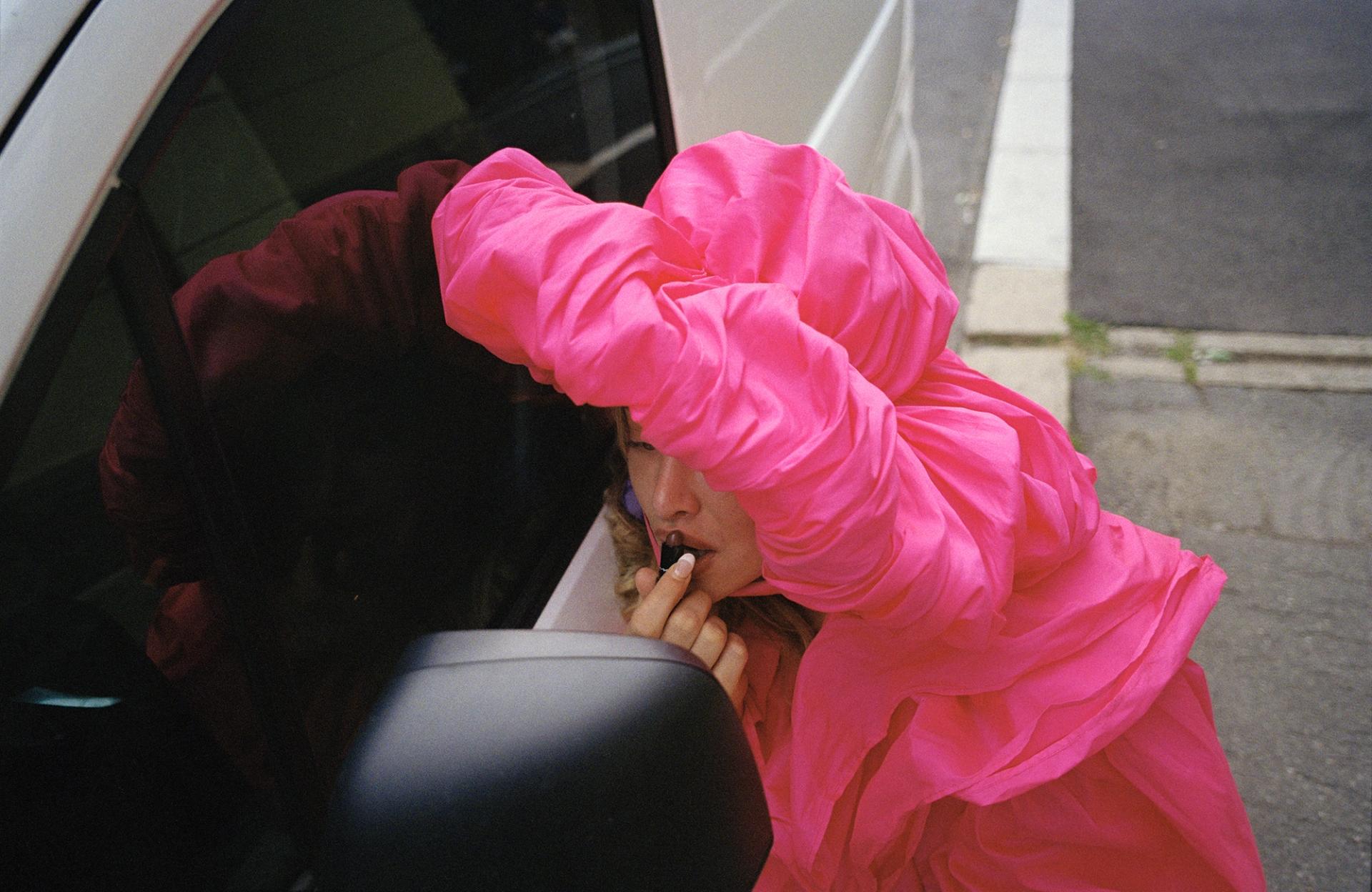
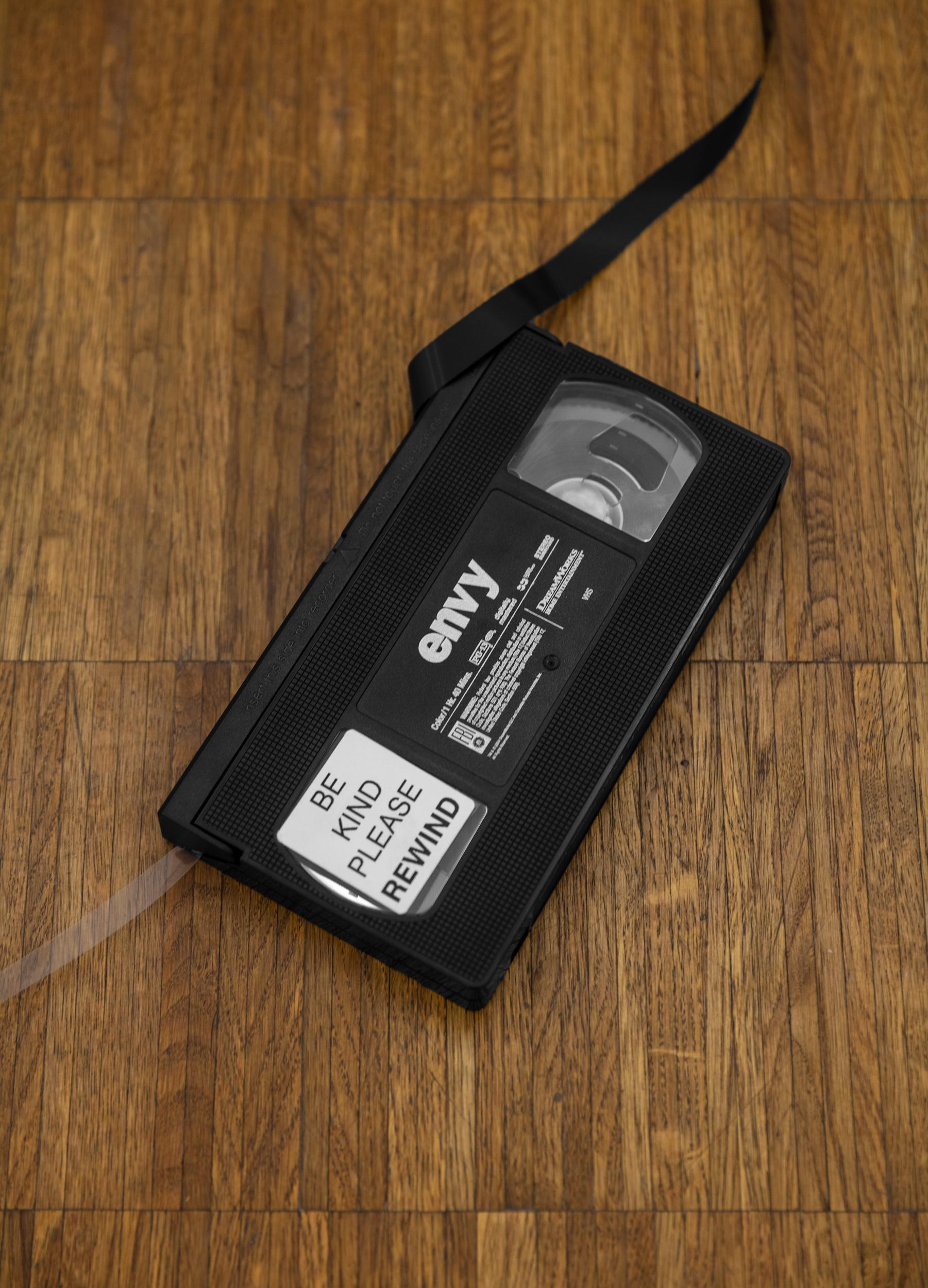


↓ Previous Shows
